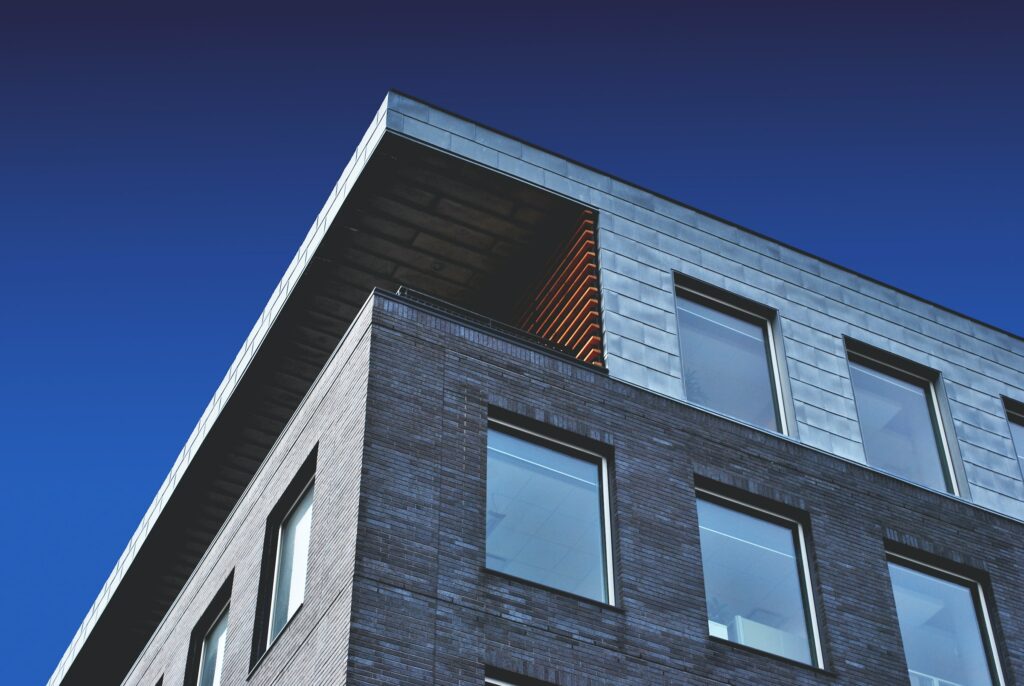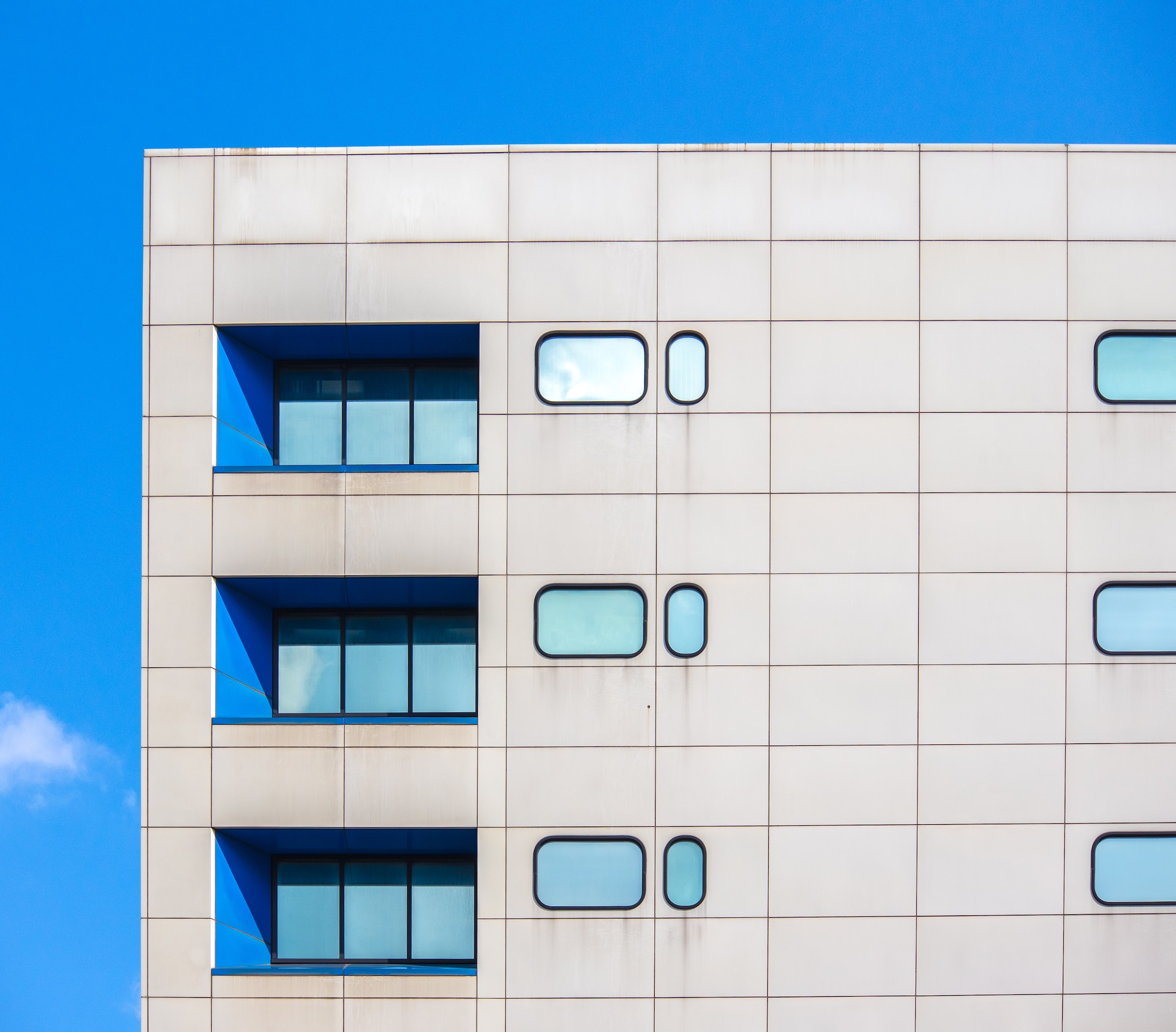Installing window tint is an excellent way to reduce heat and glare in your home. But how do you know the percentage of tint on your windows? Learn how to check window tint percentage at home.

What is Window Tint Percentage?
Window tint percentage refers to the amount of visible light that can pass through the tinted film. It is measured by visible light transmission (VLT). For example, a 20% VLT window film blocks 80% of visible light. The lower the percentage, the darker the tint.
Window films typically range from 5% VLT for limo tint up to 80% VLT for light tints. Most residential window tints fall between 20-50% VLT. Here are some common VLT levels:
- 5-15% – Very dark limo tint
- 20-35% – Provides privacy and heat reduction
- 40-50% – Reduces glare and heat gain
- 70-80% – Light tint mainly for UV protection
Why Check Window Tint Percentage?
You may want to check the percentage of your existing window tints:
- Ensure it meets local regulations: Many states restrict automotive window tints to certain levels for safety and visibility. Home window tint limits vary by municipality.
- Replace a damaged window – If you need to replace one window, matching the existing tint level will provide a consistent look.
- Add tint to more windows – Checking current tint percentages allows you to match new tints to existing windows.
- Evaluate effectiveness – Knowing the VLT can help determine if a darker or lighter tint would be better for your needs.
How to Check Window Tint Percentage at Home
Use a Tint Meter
A tint meter, or transmission meter, provides the most accurate way to measure VLT. These handheld devices shine a controlled light through the tinted glass and measure how much light passes through.
To use a tint meter:
- Hold the meter flush against the interior of the tinted window pane. Make sure there is no gap allowing excess light in.
- Turn on the meter and allow it to calibrate if needed.
- The display will show the VLT percentage, indicating how much light is transmitted through the window tint.
- Take readings on multiple panes, as the tint percentage can vary. Calculate the average.
Tint meters provide professional-level accuracy. They are available at auto parts stores or online for $15-$50.
Compare to Reference Photos
Another easy DIY method is visually comparing your tinted windows to reference photos showing known VLT percentages.
To use the photo comparison method:
- Print out a tint percentage photo chart, like this example.
- Tape the chart to the exterior of the window during daylight hours.
- From inside, look through your tinted window and compare it to the photos. Pick the picture that most closely matches.
- Take readings at multiple windows and average the results. Light conditions can impact the comparison.
While less precise than a meter, this method provides a reasonable ballpark estimate of VLT percentage.
Factors That Affect Results
Here are a few variables to keep in mind when checking window tint:
Environmental Factors
Light Conditions
The effectiveness of window tint can vary significantly based on lighting conditions. Window tint performs differently in direct sunlight versus overcast conditions, as light’s angle and intensity affect heat rejection and visible light transmission.
Climate Impact
The local climate plays a crucial role in tint performance and longevity. Vehicles in warmer, more humid southern climates experience faster window tint degradation than those in northern regions.
Technical Specifications
Film Quality and Type
The choice of window tint material significantly impacts results:
- Ceramic films offer superior heat rejection and durability without electronic interference.
- Metallic films provide excellent heat reduction but may interfere with electronic signals.
- Dyed films are more economical but prone to faster fading.
Installation Quality
Professional installation is crucial for optimal results:
- The proper application prevents bubbles and creases
- Correct positioning behind rubber window linings ensures longevity
- Professional-grade materials and tools provide better adherence
Maintenance Factors
Age and Degradation
Window tint performance changes over time:
- High-quality films can last up to 20 years
- Lower-quality films may show colour fading within months
- Yellow additives typically fade faster than blue and red pigments
Care and Maintenance
Regular maintenance affects tint longevity:
- Clean windows improve light transmission accuracy
- Proper cleaning techniques prevent damage
- Garage storage reduces UV exposure and extends tint life
Physical Considerations
Window Characteristics
Different window types affect tinting results:
- Glass thickness impacts heat rejection
- Window curvature affects installation difficulty
- Multiple glass panes alter light transmission
Surface Conditions
The state of the windows impacts tinting effectiveness:
- Dirt and grime affect light transmission
- Condensation can impact readings
- Existing damage to glass affects adherence
Choosing the Right Tint Percentage:
A 70% VLT tint provides subtle protection while maintaining maximum visibility. This lighter tint blocks 99% of UV rays and offers minimal heat reduction without significantly darkening windows.
Medium-range tints between 35% and 50% VLT offer an optimal balance of benefits. These tints reduce glare, moderate privacy, and good heat rejection while allowing sufficient natural light.
Darker tints of 15-25% VLT maximize privacy and heat reduction but may impact visibility, especially at night. These levels block the most solar heat gain and provide excellent UV protection.
For energy efficiency, even lighter tints can make a significant difference. Quality films with 35-50% VLT can noticeably reduce cooling costs by blocking infrared heat while maintaining visibility.
Before selecting a tint percentage, check local regulations, as limits vary significantly by location. For example, some states restrict automotive tints to 70% VLT on front windows while allowing darker tints on rear windows.
Frequently Asked Questions:
How accurate are at-home methods for checking tint percentage?
Using a tint meter provides professional-level accuracy within 2-3% of the true value. The photo comparison method gives you a good ballpark estimate, usually within 10% depending on conditions. For most homeowners’ needs, both DIY methods are reasonably accurate.
What’s the easiest way to test tint percentage on car windows?
For automotive window tint, the easiest method is to use a tint meter. Hold the meter directly against the interior glass, taking readings at eye level in multiple locations. Stick-on photo charts can also work for cars, but keeping the paper flush to the curved windows takes some effort.
Is window tint percentage the same as UV protection?
No. The visible light transmission percentage measures how much light passes through the tint. UV protection specifically refers to blocking ultraviolet rays. A light 70% VLT film could still block 99% of UV rays. However, darker tint does provide more UV protection, in addition to glare reduction and heat rejection.
The Takeaway
Checking window tint percentage is a quick process with a tint meter or comparing photos. It allows you to evaluate your existing tint, determine if a lighter or darker film is needed, or ensure replacements match. Consider the intended goals – like privacy, heat reduction, or UV protection – when selecting VLT levels. With these simple methods, you can measure window tint percentages right from the comfort of your home.
